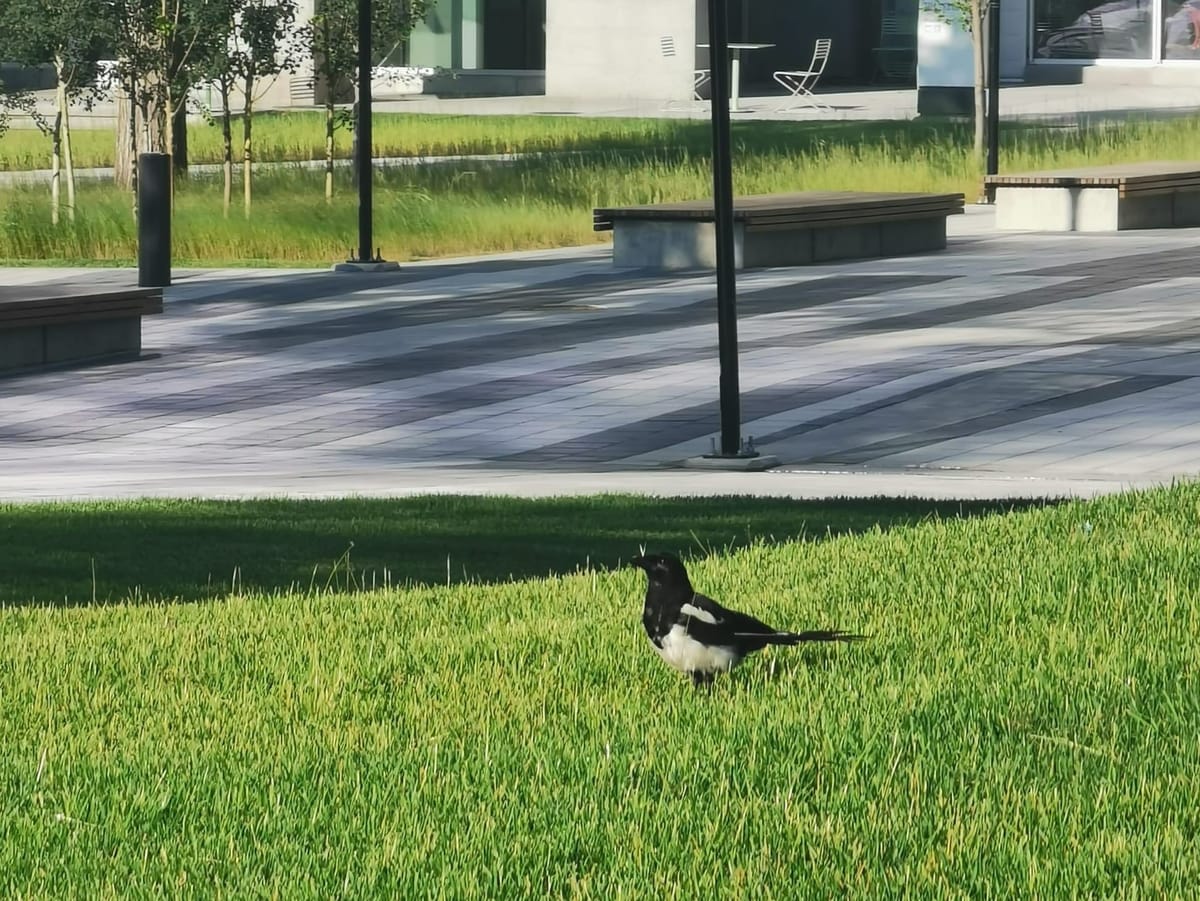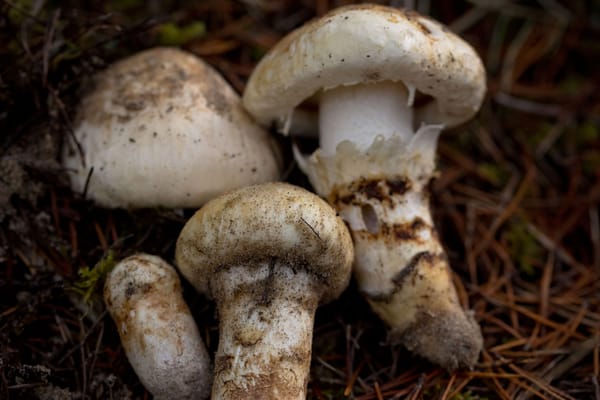On this rock I will build my church

A few days before General Synod, I dreamed a dream. I was in a large conference centre where various churches were gathered for an ecumenical conference, peculiarly located in the midst of a forest on a hillside. The centre had one small window revealing the vibrant forested valley below.
The attendees were oblivious to the window, engrossed in heated, unclear debates—possibly about doctrine, morality, or church structures. It didn’t really matter. The essence of the original disagreement had been lost in the relentless disputes.
During this, I glanced out the window to see a blue jay, its blues transitioning from cerulean to deep sea, but it suddenly grayed and fell. I rushed to see the world around the centre turning gray and lifeless.
Struck with horror, I tried to alert the others but found myself voiceless. My frantic gestures towards the devastating scene went unnoticed as the attendees continued their forgotten argument, and the surrounding world succumbed to the gray, leaving only the isolated conference room untouched, before I awoke.
This dream haunted and coloured my experience of 2023 General Synod, whose theme, most aptly, was “Let There be Greening.”
Admittedly, this was my first General Synod, and I had no idea what to expect. However, the resemblance to my dream was at times uncanny. The meetings were often laborious, the air heavy with unsaid words and unmet eyes, debates disguised as one issue but actually about something else. Our Creator’s world—the supposed heart of General Synod’s theme—seemed lost in the labyrinth of unrelenting and unrelated discussions, overshadowed by the seemingly stronger agendas of an institution falling apart.
As you might tell, I found this not only exhausting but also demoralizing. And so, when I finally got the chance to take a break, I left the conference room and sat under a tree to think and to pray. That is where I met Pierre.
Pierre was a good listener. Over some shared peanuts, I told him my dream, and my fear that in the midst of all these time-consuming power plays and misleading arguments, the world was turning grey and dying. “Pierre,” I asked, “do you think we have it in us to actually pull together, or will we continue arguing while the world turns gray and dies?” Pierre cocked his head inquisitively but said nothing.
“Would you like to trade places?” I asked. At that, Pierre flew away. I couldn’t blame him. As corvids, magpies are clever enough to know when a peanut is not worth the price.
And so, I returned to the General Synod floor, enveloped in the contentious debates, but my thoughts wandered back to Pierre. I wondered, if the birds could hold a synod, what would it look like?
Certainly, there would be conflict, posturing, the staking of territory, the competition over resources sometimes scarce. But in the midst of this conflict, we would also discover, I suspect, some beauty: a dawning of songs whose diversity would widen our perceptions and enrich our landscapes. At least, they could—if only we stopped to listen.
But listening is hard. That is why I was so thankful for the National Indigenous Archbishop, Chris Harper, and his multiple interventions on the floor of General Synod. In one memorable moment, in the midst of some tense discussions, the Archbishop called us to widen ourselves into a circle, to hold hands, to listen to songs unfamiliar to many of us, to find the beat, and to join together in a massive round dance.
I won’t lie—it was awkward. No one will mistake me (and, by my estimate, about 75% of General Synod delegates) for a dancer. But for the first time during General Synod, the room sincerely smiled, and I felt a little colour return to a conference awash in grey. We were, for the first time, truly pulling together. I couldn't wait to tell Pierre.
Will it be enough? I truly don’t know. Only two days later, we ended the General Synod themed “Let There be Greening” in Gasoline Alley, a massive banquet hall dedicated to celebrating the heritage of an extractive industry that helped to build our colonial state and which deeply wounded the air, the waters, the lands, and its original inhabitants in so doing.
We are at a turning point in our church. We are at a moment of discerning who we will become in the midst of the great unraveling of our ecologies and colonial identities—whether we will become at all.
There is more at stake in whether, how, and where we meet; there is more at stake in what we discuss and the time we take to discuss it than in the continuity of our church structures. In a world increasingly filled with conflicting shades of grey, I pray we will find the places, the times, and the virtues we need to listen, to dance, and to pull together to sustain and renew the vibrant palette of colours that make up the life of the earth.
The brushes are in our hands; Pierre is watching.
This article was originally published in the winter 2023 edition of the Quebec Diocesan Gazette.



